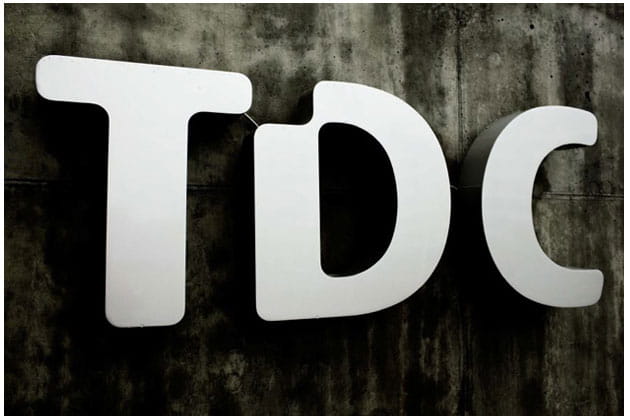TDC Group
Teams, communication and the MBTI instrument
TDC Group is a Danish telecommunications company. It is Denmark’s preferred provider of communication and entertainment at home and on the move, and subsidiary brands such as YouSee, Telmore, Fullrate and Blockbuster provide Danes with fast and easy access to music, movies and TV on all platforms. TDC Business creates growth in large and small businesses, and Norway TDC Group delivers mobile, TV and broadband to Norwegian households through the company Get.

TDC Group has a long history of using the MBTI instrument. For more than seven years it has been an integrated part of the company’s talent development and internal leadership development programmes, so within the organisation there is great knowledge of MBTI personality Types.
But it is also an important tool in the daily work of the local teams, and the HR partners have experienced significant results. The instrument has been adopted as a general tool by the HR staff and it is used at all levels, from top management to employee level.
At TDC Group they chose to focus on the MBTI instrument because of its wide distribution and its general recognition. “We don’t want to be frontrunners on something completely new and experimental. It needs to be relatively mainstream so we have an opportunity to recruit leaders and HR personnel with knowledge of the tool,” says HR partner Katrine Frovin Jørgensen.
HR partner Katrine Rasmussen adds: “In this way people are also less sceptical of participating as most people know a bit about the tool.”
It is especially in connection to subjects such as mutual understanding, communication and conflict management that the HR partners see the great potential of the MBTI instrument.
Communication
Because of the massive number of employees at TDC, the HR partners rarely have the opportunity to offer the respondents an individual feedback. This means they typically work with group sessions with the individual teams within the organisation, which also has its advantages. “It really contributes to the building of a common language and in this way it also becomes a conversation piece for the coffee breaks,” says Katrine Rasmussen. Some of the respondents come to her after the session to get further clarification on their preferences.
Katrine Frovin Jørgensen, talking about her MBTI experience, says, “It makes a big difference when it comes to communication between cooperating units or persons because you will find some very basic epiphanies in the preference dichotomies.”
Conflict management
The HR partners also have specific experience with the use of the MBTI instrument in relation to conflict management. HR partner Nicole Nielsen Oghene remembers a particular situation regarding the reorganisation of a team of leaders, where she knew they were manoeuvring into troubled waters.
She facilitated a relatively informal group session with the leaders as a part of a proactive conflict management process, where they put special focus on the different personality Types in the team. Even though some of the participants were quite sceptical towards the MBTI instrument, the result was very positive.
Nicole prepared by conducting a short pre-meeting with the participants to prepare them for the session. She made sure she had the support from the top management so they acted as ‘sponsors’ for the project. “We had a very informal session but in the end, we got to the core issues and among other things we talked about how the individuals react and feel when certain expressions and ways of speaking come up. Therefore we ended up with a very good result.”
Through time, the HR partners at TDC Group have had a lot of positive experiences with the MBTI instrument. Throughout the organisation and its surroundings there is widespread knowledge about the instrument, and they have received many positive comments on both the facilitation and content. Katrine Frovin Jørgensen speaks about one of its strengths: “It is very concrete and present and it can be related to the individual participants. It is not a theoretical universe. It is about you and me.”
Furthermore, the HR partners agree that the instrument has contributed to the creation of an internal language that is used to talk about differences and preferences. This has formed a productive environment for cooperation, but it also aids the individual’s personal well-being in the workplace. Therefore, use of the instrument is widespread throughout the organisation as leaders and managers who have tried it often want to use it with their own teams.
“Each participant has, to a great extent, become able to put their foot down and specify their needs. In this way they have come closer to each other as a team. They simply dare to be themselves, and they also have the opportunity to articulate what they are not good at – and feel that it is all right,” says Katrinevin Jørgensen.
Katrine Rasmussen continues: “We have also experienced that some people can be more at peace with themselves – ‘It’s OK to be me’ – even though their personal profile might not fit completely with the culture at the organisation as a whole.”
It is very concrete and present and it can be related to the individual participants. It is not a theoretical universe. It is about you and me.
Katrine Frovin Jørgensen, HR Partner. TDC
